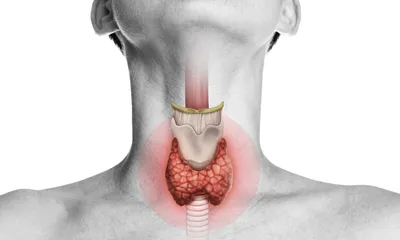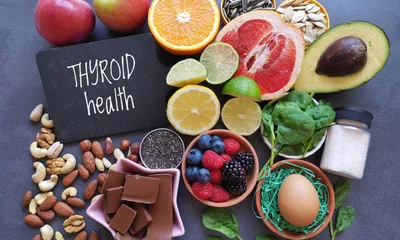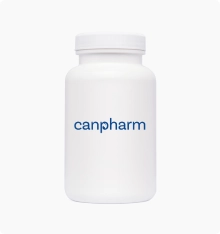Iron Deficiency Anemia
-
Description
-
Signs & Symptoms
-
Anatomy
-
Cause
-
Diagnosis
What is Iron Deficiency Anemia?
Iron deficiency anemia is a blood disorder with iron deficiencies meaning the amount of hemoglobin produced by red blood cells is insufficient for them to be able to distribute oxygen throughout the body. Iron deficiency anemia has 3 stages; in stage 1 the body’s iron levels are beginning to drop but the individual typically isn’t experiencing symptoms yet.
In Stage 2 the low iron levels lead to a latent iron deficiency (iron deficient-erythropoiesis) and bone marrow begins to make red blood cells that lack full hemoglobin content. It is in stage 3 that people begin to experience iron deficiency anemia symptoms because hemoglobin levels have been low for such a long period of time.
What Causes Iron Deficiency Anemia?
Iron deficiency anemia is unavoidable if the body’s iron stores are depleted faster than they can be replenished through natural dietary intake, or when the regular supply of iron dwindles for any other reason. Blood loss is the most common way that people become deficient in iron. This can be because of bleeding in the gastrointestinal tract, urinary tract, or blood loss due to injury or surgery.
Blood loss causing iron deficiency may also be related to heavy menstruation periods for women, or a person can have iron deficiency anemia because of celiac disease, inflammatory bowel disease, ulcerative colitis, an H-pylori infection, or gastrointestinal surgeries like a gastric bypass.
Iron Deficiency Anemia Symptoms
The way it usually works is iron deficiency anemia symptoms increase in strength over time, and they include body weakness and tiredness, cold hands and feet, pale skin, and dizziness or lightheadedness. They may also have cravings to ingest non-food items like ice, paper, or even dirt. People with iron deficiency anemia may also have difficulty concentrating.
The condition may also lead to chest pain, an elevated heartbeat, and shortness of breath. However, these symptoms are not as common. People who are iron deficient may also bruise their skin more easily, experience restless leg syndrome, or have brittle finger and toenails that grow concave instead of flat in the usual way.
Iron Deficiency Anemia Treatment
The most conventional approach to iron deficiency anemia treatment is to add supplementary iron to their diet or take an iron sucrose injection (Venofer). There is also the possibility of an IV if dietary supplementation isn’t an option. The IV is usually considered if the person has iron supplement side effects. It may also be helpful to eat a more iron-rich diet with more foods like legumes, bread and cereals, vegetables, protein, and certain fruits like figs, dates, and raisins.
Signs & Symptoms
- Body weakness and tiredness
- Cold hands and feet
- Pale skin
- Dizziness or lightheadedness
- Cravings for non-food items (e.g., ice, paper, dirt)
- Difficulty concentrating
- Chest pain
- Elevated heartbeat
- Shortness of breath
- Bruising easily
- Restless leg syndrome
- Brittle or concave nails
Anatomy
- Red blood cells
- Hemoglobin
- Bone marrow
- Iron stores
Cause
- Blood loss (gastrointestinal, urinary tract, injury, surgery)
- Heavy menstruation
- Celiac disease
- Inflammatory bowel disease
- Ulcerative colitis
- H-pylori infection
- Gastric bypass surgery
Diagnosis
- Complete blood count (CBC) test
- Serum ferritin test
- Serum iron test
- TIBC (total iron-binding capacity) test
- Peripheral blood smear



